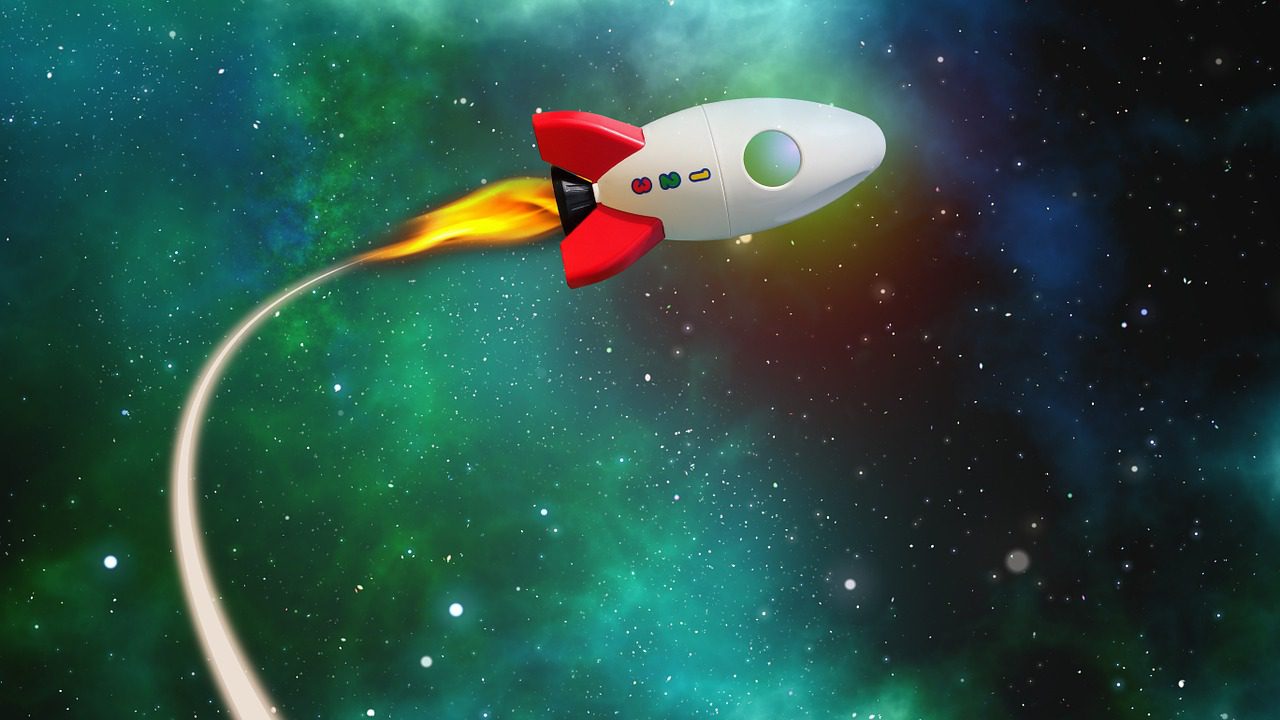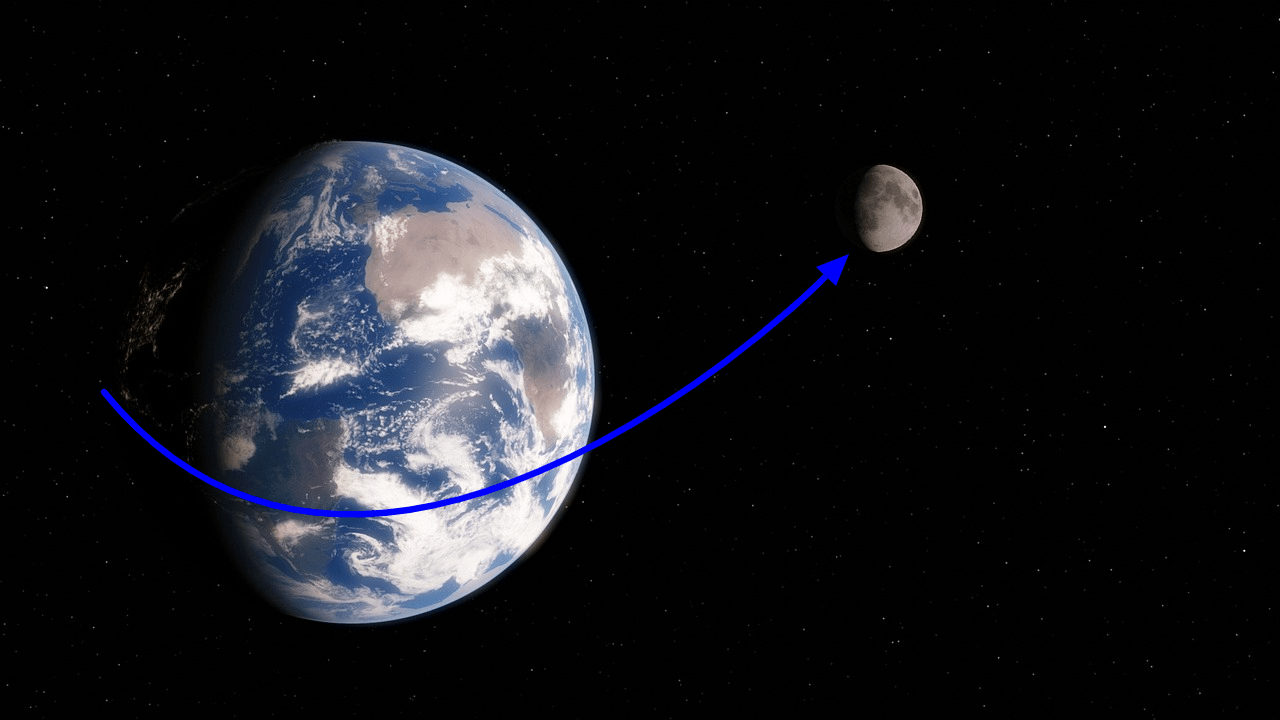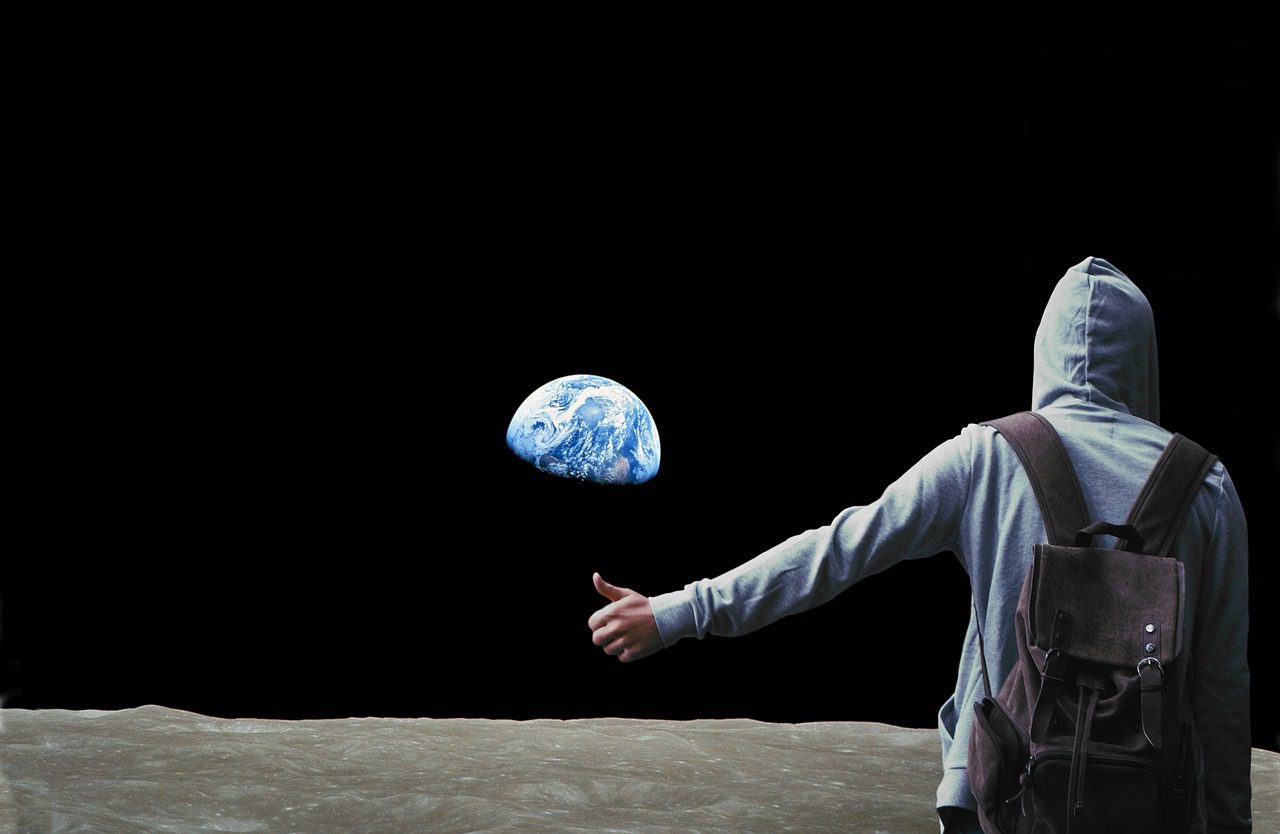Exploring the Moon is no longer a pipe dream, but a reality to us. As we speak, few space tourism companies have identified the opportunity of sight-seeing tours around the Moon. So this question makes a lot of sense at this time from the political and economical side.
Contents
So, how long does it take to get to the moon and back?
According to history, 6 days 22 hours and 49 minutes lasted the trip from Earth to the Moon and back. The first group of people to land on the moon were Neil Armstrong, Michael Collins, and Buzz Aldrin in 1969 in Apolo 11 mission. And that is the fastest manned mission from planet Earth to Moon.
These individuals walked on the Moon and conducted some experiments. It also took them a few days (obviously) to arrive on planet Earth safely. The invention of robots has made Moon exploration easier and affordable.
Factors that Determine the Time Taken to Visit the Moon and Travel Back

See, the distance between the Earth and the Moon isn’t static. The specific span to the Moon from the Earth ranges from 360,000 km to 405,000 km. But this is when the Moon is at its closest point or farthest point. For a space rocket, the difference isn’t huge, but the time difference can be quite massive..
The trip to the Moon and back sounds fascinating. It is a dream come true for every astronaut around the world. But the invention of robots seems to be diminishing the vision in one way or another.
Here are things that determine the duration of traveling to the moon and back. These factors include:
Type of Propulsion System
The time taken to arrive at the moon depends on the type of propulsion system that drives the spaceship to space.
For instance, the unmanned Luna 1 launched in 1959 by the USSR took about 34hrs to 36hrs to land on the lunar space. It has no propulsion system, and it was traveling at a speed of 6500 mph.
On the other hand, the European Space Agency launched SMART-1 in 2003, and it took more than a year to reach the Moon. The spaceship had an electric-ion or solar-electric propulsion system.
Fastest Manned Mission to The Moon

The time it takes to arrive on the Moon depends on whether the spaceship is manned or unmanned. According to research, a manned mission to the Moon takes longer than an unmanned mission. This is due to the safety of the people on board.
For instance, it took the Apollo 11 crew three days, three hours, and forty-five minutes to get into the lunar orbit. It also took them another day to land the module on the Moon.
Another crew of Apollo 16 took three days, two hours and twenty-six minutes to get into the lunar orbit. The flight is regarded to be the fastest ever to be introduced.
Why Sending Probe And Not Humans To Moon
NASA and other organizations have taken Moon exploration experiments to another level. These space agencies opted to use robots over human beings.
Sending robots to the Moon takes a shorter time than sending people. Besides that, these robots are much affordable since they do not need food and other resources like accommodation space that people need to survive.
That’s not all. Robots collect scientific information and explore the largest part of the moon without needing something for survival.
Shortest path to the Moon
Different paths can be taken to the moon from the earth. It is one of the reasons behind the variable distance between the world and the Moon.
The shortest path to consider is when the moon is at its perigee or apogee. The specific distance is said to range from 360,000 km to 405,000 km. Therefore, failure to consider the position of the Moon then it is likely to take years to land the module on the lunar surface.

What fuel is used in spaceships
Most missions usually use liquid nitrogen fuel propulsion systems but as we see there are others like Electric-ion or methane-fueled rocket engines. The aim is to take the shortest time possible. So, these spaceships end up using all the fuel to get on the moon quickly and fail to come back.
The good news is that crewless missions do not need humans (obviously). Therefore, the crushing of the spaceship while in space is nothing to worry about.
How Long Would It Take to Drive a Car to the Moon?
The answer is about 6 months if you drive a car at 60 mp/h. The average distance from the Earth to the Moon is about 238,857 miles. These numerical will help you have a clear understanding of how long it takes to get to the Moon.
Keep in mind that the distance between the Moon and Earth tends to differ from one point to another. Therefore, the above-stated figures are average estimates. Different variables usually affect the time taken to get to the Moon.
It is also important to note that the Moon rotates around the earth in an elliptical path. It is one of the reasons why the Moon might be closer or farther away from the planet. Many countries have organized missions and trips to the moon. However, the time taken for most of these missions used to vary.
The following is a quick rundown of missions from the slowest to the fastest to the moon. Take the time to read through each task for a more in-depth understanding:
List of Missions From the Slowest to Fastest (to The Moon)
Unmanned Mission
SMART-1 is the slowest travel mission to the moon. Yet, it was one of the tasks that used the most advanced technology. It was a mission that did not involve the physical presence of human beings on board.
The spacecraft was controlled in a remote place, and it took about one year, one month and two weeks. The ion-propelled engine of ESA’s SMART-1 was the spaceship on the mission.

Chang’e-1
The second unmanned mission took about five days and was conducted by Chang’e-1.
Chang’e-2
Another mission done by Chang’e-2 in 2010 took four days and sixteen hours to get in the lunar orbit.
Chang’e 3
The last uncrewed mission that took place in 2013 arrives in the lunar orbit after about four days, twelve hours and thirteen minutes. It was regarded to be the fastest Change mission.
First Manned Mission to The Moon
The manned mission tends to involve the physical presence of human beings on board. It is said to have taken the shortest time to reach the Moon from the Earth’s surface.
The Apollo mission crewed by Neil Armstrong and the group happens to be the first-ever for human beings to set foot on the lunar surface. The Apollo 11 mission is believed to have taken about 51 hours and 49 minutes to land on the lunar surface in 1969. It took the astronauts 1,376 minutes to return to the earth’s surface. Hence, this mission becomes the fastest spacecraft mission to the Moon from the Earth. However, it was a risky and expensive mission.
Fastest Missions to Moon So Far
NASA’s New Horizon Pluto mission is regarded to be the fastest recorded mission to arrive on the moon. It took the New Horizon 515 minutes to land on the moon’s surface. The mission used a quick launch that utilized the most advanced technologies. The mission was undertaken in 2014 by the use of the Orion Capsule.
The most exciting thing about the device is that it managed to reach the largest part of the earth orbit and return in a record-breaking time of 270 minutes.
The discovery happens to be the reason behind the plan to develop space tourism in the future. The idea has attracted thousands of scientists and entrepreneurs. They are willing to venture into the business.
Why are Humans Not going to the Moon Anymore?

Many political leaders around the world are resisting the idea of allowing people to visit the Moon. The resistance is more political than science, but also economically. The main reason for Apollo to trip to the Moon and back in 1969 was to beat the Russians.
During that period, science was considered to be secondary. Besides that, the congress cut NASA funds due to the outbreak of the Vietnam War. This congress cut was one reason behind NASA concentrating on the development of robots as an alternative. These devices were considered safe and affordable to get into space.
Thanks to the advancement in technology which has led to the development of the Space Shuttle. The only drawback is that the Space Shuttle only makes it to the low Earth orbit and is very expensive.
But NASA and other organizations are working around the clock to create new rockets. The aim is to have a trip to the Moon and back in the cheapest way possible.


